Beggars of Life (1928)
“Even them people in feather beds ain’t satisfied — we’re all beggars of life.”
|
Synopsis: |
|
Genres, Themes, Actors, and Directors:
Review: Once Arlen and Brooks encounter a group of thieves (led by blustery Wallace Beery), the story becomes a bit more conventional and less intrinsically interesting — though Beery’s “look” when he dons a trash bag and dark glasses to convene a kangaroo court bears viewing (see still below). Things take yet another turn by the end, when Beery experiences a change of heart — but to say more would give away spoilers. While its rather perfunctory storyline prevents Beggars of Life from being a classic of silent cinema, Wellman does present some lovely imagery (helped by Henry Gerrard’s shadowy cinematography), and film fanatics will likely be curious to see Brooks in her final Hollywood film before she left for Germany to collaborate with G.W. Pabst. (Has any actress EVER been more luminous and compulsively watchable on-screen?) Note: Beggars of Life is actually considered to be Paramount Pictures’ first “talkie”, given the insertion of a song sung by Beery, but this wasn’t included on the version I watched, and in every other respect the film is an archetypal silent picture. Redeeming Qualities and Moments:
Must See? Categories
Links: |
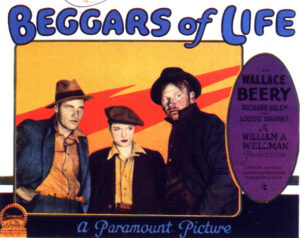
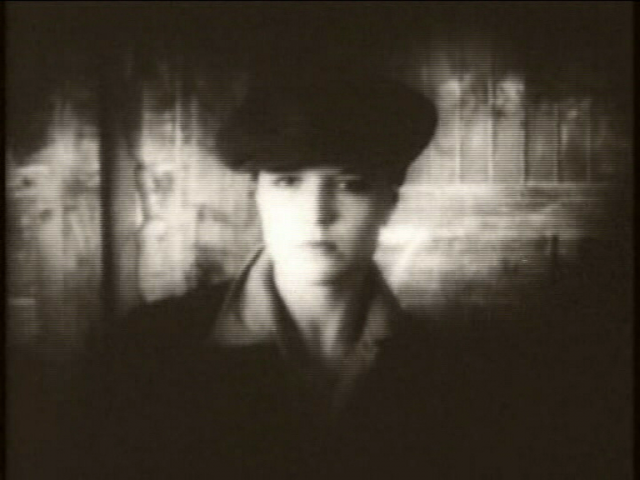
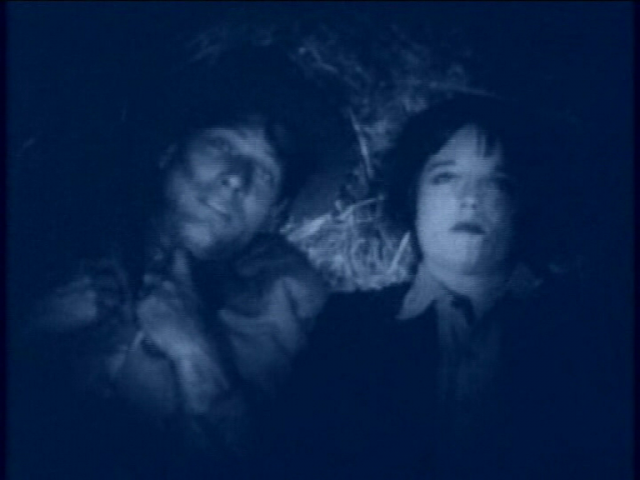

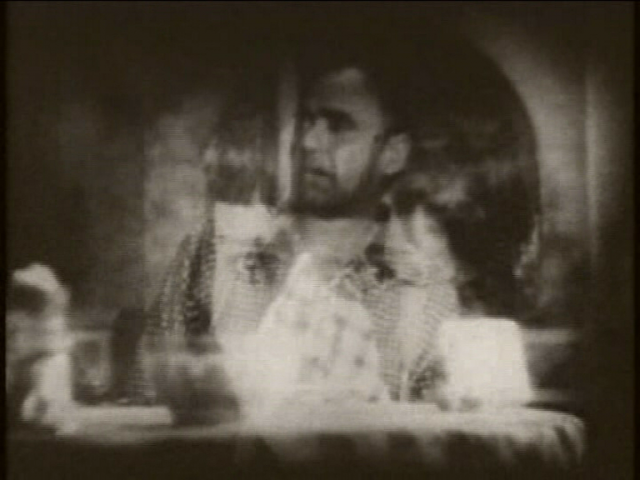
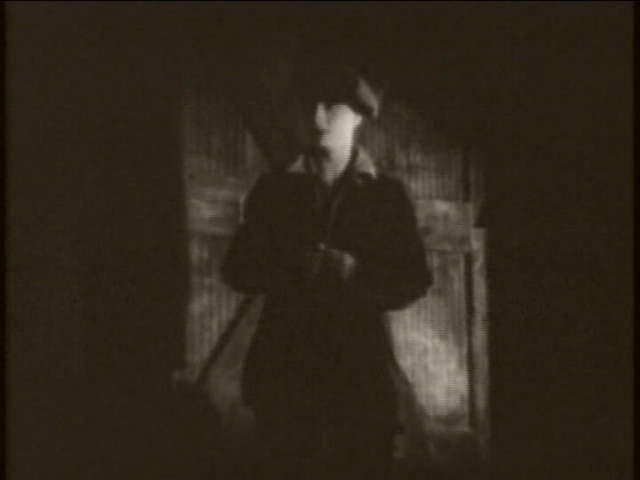
One thought on “Beggars of Life (1928)”
First viewing. Not must-see (and nowhere near as good as ‘Wild Boys of the Road’).
Ultimately this film is rather unsatisfying.
It starts out strong. The first scene with Brooks and Arlen is, indeed, arresting. Not only does it capture our attention but it quickly establishes a strong bond between the two people we’re following – and we remain captivated as their relationship slowly develops.
Unfortunately we then come across Berry and his clan. It becomes apparent that whoever was doing the writing had it in mind that Berry was to clearly be the star of the show. ~which would be fine except Berry’s role seems beefed-up for its own sake, none too convincingly. (The whole mock trial scene not only throws the film’s tone off but it seems out-of-character for Berry…except that we’re to remember that he’s the star.)
From Beery’s entrance on (and through no real fault of the actor), the film seems to flounder with some very less-than-solid writing. And it also seems too long for the story it’s telling. (~another reason to heave-ho the trial sequence.)
As for Brooks…fascinating as she is early on (when she’s given an opportunity to act), she is given little to do as the film progresses, eventually being reduced to just looking frightened and saying little.
Wellman is a good director. It just seems he was doing his best to make something out of an inferior script.